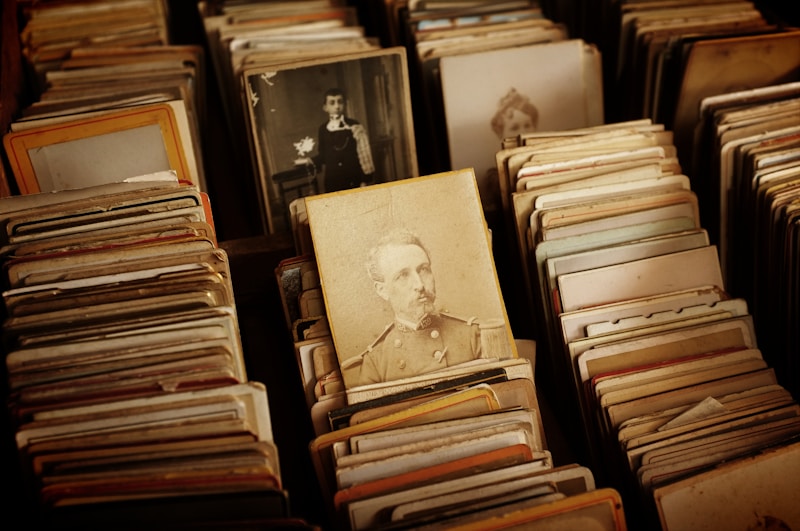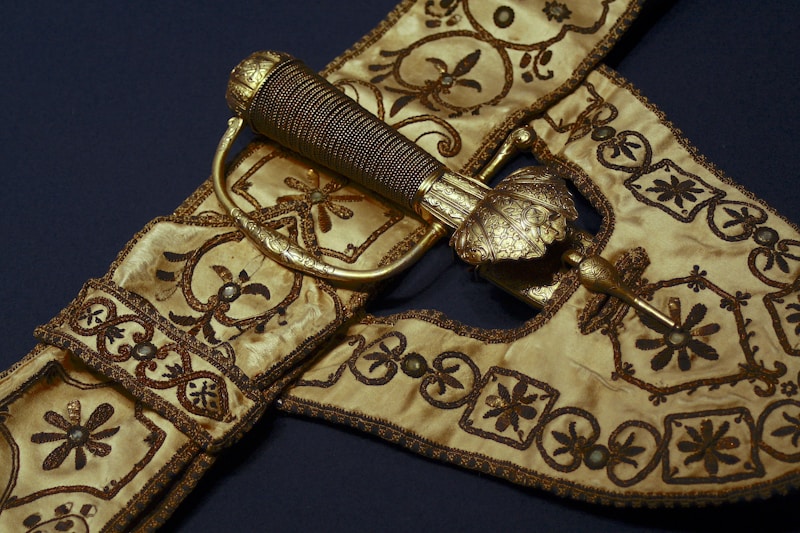28 Questions
What is another name for the Medieval period?
The Dark Ages
Who emerged as the dominant power during the Dark Ages in Western Europe?
The Franks
When did the early Middle Ages, also known as the Dark Ages, end?
In the 9th century
What were the Crusades called to recapture?
The Holy Land from Muslim control
What was feudalism based on in the Middle Ages?
Relationship between a lord and a vassal
What historical period marked the decline of the Roman Catholic Church?
Medieval period
What historical event is credited with leading to the expansion of the borders of Western European kingdoms?
The Crusades
Which period is characterized by a strong interest in the values of classical antiquity and the recovery of ancient texts?
The Renaissance
When did the Renaissance begin?
In Italy in the early 1400s
Which of the following historical events marked the end of the Middle Ages and the beginning of the modern era?
The Renaissance
What contributed to the shaping of the Middle Ages, including the rise and fall of national monarchies?
The Crusades
Which historical period came after the medieval era and signified significant change and development in Europe?
The Renaissance
During which centuries did the Middle Ages, also known as the medieval period, take place?
5th to 15th centuries
What characterized the emergence of feudalism in medieval Europe?
Land ownership and vassal-lord relationship
Which historical event is associated with the fall of the Western Roman Empire and the beginning of the Middle Ages?
The fall of the Western Roman Empire in 476 AD
What was the aim of the Crusades during the medieval period?
To reclaim the Holy Land from Muslim control
What period marked the decline of the Western Roman Empire and the rise of various kingdoms and city-states in Europe?
Dark Ages
Which empire was established and lasted from 962 to 1806, during the Middle Ages?
Holy Roman Empire
Which dynasty emerged in the 15th century and played a significant role in the politics of Europe?
The Hapsburg dynasty
What theory emphasizes the role of power and national interests in international relations?
Realism theory
Which period of geopolitical tension lasted from the end of World War II until the fall of the Soviet Union in 1991?
The Cold War
What refers to the study of the relationships between nations and the interactions between the various actors in the international system?
International relations
Who emerged as a global superpower after World War II and played a significant role in shaping the international system?
The United States
What does anarchy refer to in the context of international relations?
The absence of a central authority in the international system
Which dynasty ruled England during the Middle Ages, known for its powerful and influential monarchs such as Henry II and Richard the Lionheart?
The Plantagenet dynasty
What did the European Union promote among its members?
Economic and political union
Which is a set of rules and principles that governs the behavior of states in their relations with each other?
International Law
What was Charlemagne also known as?
Charles the Great
Study Notes
Medieval History: An Overview
Medieval history, also known as the Middle Ages, spans from the fall of the Western Roman Empire in 476 AD to the Renaissance in the 15th century. This period is marked by the rise of feudalism, the development of national monarchies, and the decline of the Roman Catholic Church.
The Dark Ages
The early Middle Ages, or the Dark Ages, lasted from the fall of the Western Roman Empire in 476 AD to the end of the 9th century. During this time, the Frankish kingdoms in Western Europe emerged as the dominant power. The Franks were a Germanic people who had settled in the region of the Rhine and the Moselle and formed a kingdom under King Clovis I (481-511).
Feudalism
Feudalism was a system of social organization that developed in the Middle Ages. It was based on a relationship between a lord and a vassal, in which the vassal provided military support to the lord in exchange for land and other privileges. This system helped to maintain order in a time of political instability and social change.
The Crusades
The Crusades were a series of religious wars sanctioned by the Roman Catholic Church and fought between 1096 and 1291. They were called to recapture the Holy Land (including the city of Jerusalem) from Muslim control. The Crusades had a significant impact on medieval history, as they led to the expansion of the borders of the kingdoms of Western Europe and the establishment of the Latin states in the Middle East.
The Renaissance
The Renaissance, or rebirth, marked the end of the Middle Ages and the beginning of the modern era. It was a period of cultural, artistic, political, and economic "rebirth" following the Middle Ages, characterized by a strong interest in the values of classical antiquity, the recovery of ancient philosophical and artistic texts, and the development of linear perspective in painting. The Renaissance began in Italy in the early 1400s and later spread to the rest of Europe.
In conclusion, the medieval period was a time of significant change and development in Europe. Feudalism, the Crusades, and the rise and fall of national monarchies all contributed to the shaping of the Middle Ages. The Renaissance marked the end of this era and the beginning of the modern world as we know it today.
Test your knowledge of the Middle Ages with this quiz covering key events such as the Dark Ages, Feudalism, the Crusades, and the Renaissance. Explore the rise of feudalism, the impact of the Crusades, and the cultural rebirth of the Renaissance period.
Make Your Own Quizzes and Flashcards
Convert your notes into interactive study material.




